Michael J. McGlincheyBSc (1965), PhD (1968). Manchester, UK
Professor of Chemistry (Emeritus)
Fellow of the Chemical Institute of Canada (1985)
Alcan Award of the Canadian Society for Chemistry (2000)
Alcan Award of the Canadian Society for Chemistry (2000)
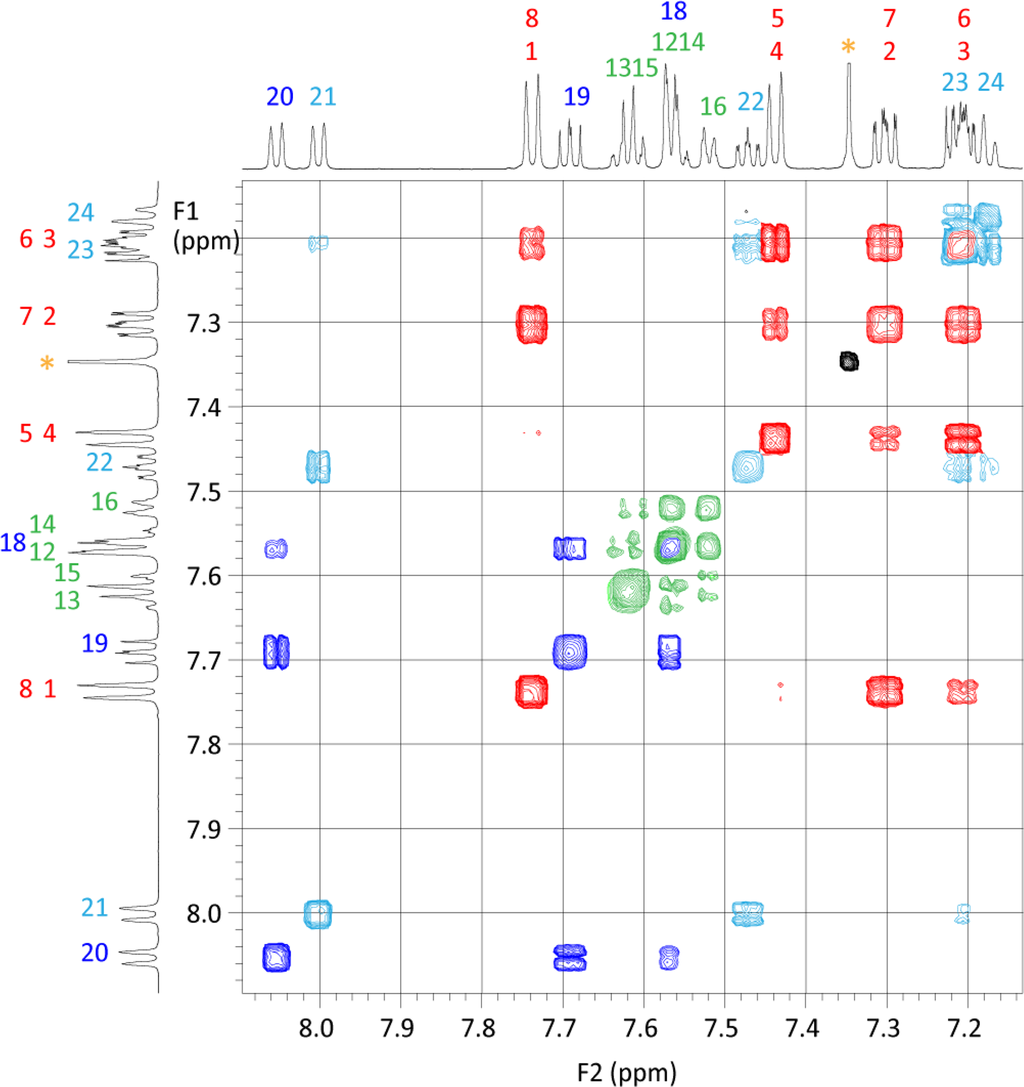
The 600 MHz 1H-1H COSY spectrum of
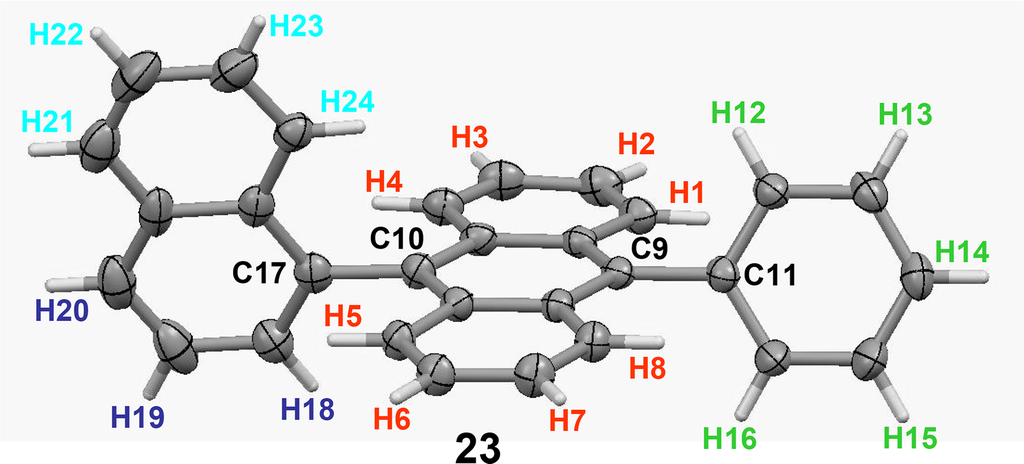
9-(1-naphthyl)-10-phenylanthracene, 23,
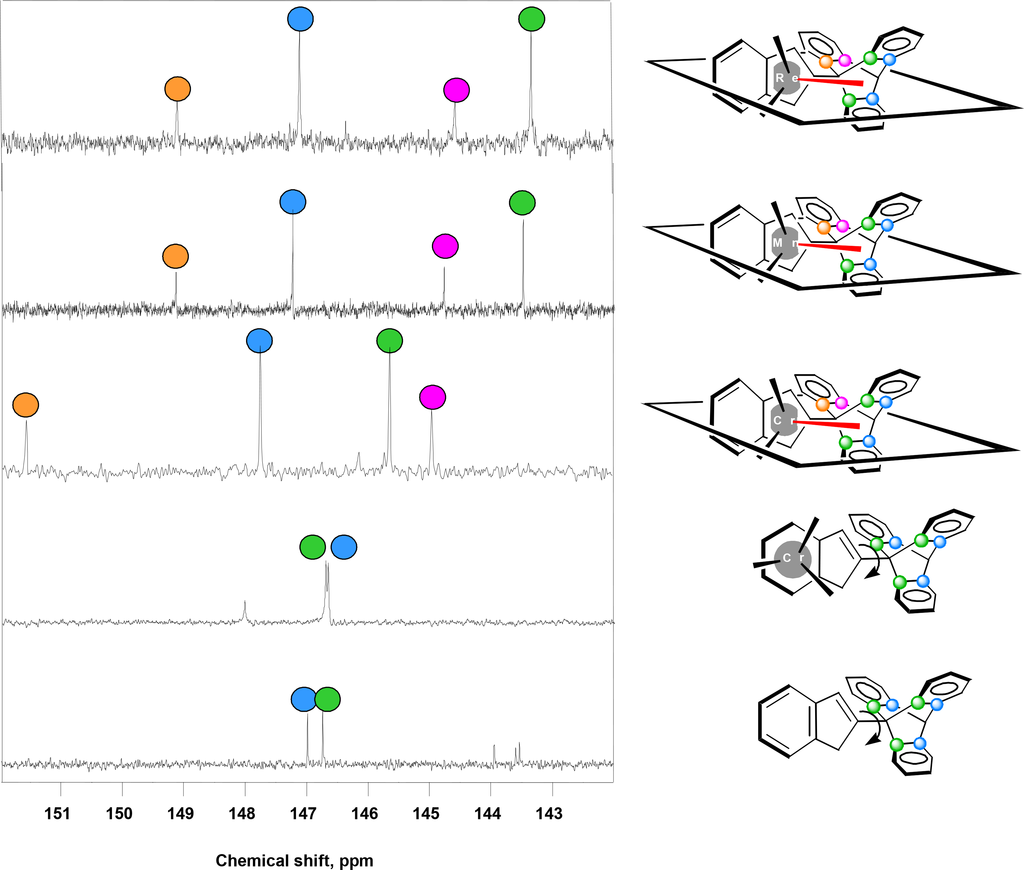
In ascending order, sections of the 125 MHz 13C NMR spectra of 9-(2-indenyl)triptycene, η6-Cr complex,
Indenyl- and alkene-rotations interconvert different pairs of alkene protons in

Symmetry 2014, 6(3), 622-654; doi:10.3390/sym6030622
michael.mcglinchey@ucd.ie
School of Chemistry and Chemical Biology, University College Dublin, Belfield, Dublin 4, Ireland
School of Chemistry and Chemical Biology, University College Dublin, Belfield, Dublin 4, Ireland; E-Mail: michael.mcglinchey@ucd.ie; Tel.: +353-1-716-2165; Fax: +353-1-716-1178
http://www.chemistry.mcmaster.ca/mcglinchey/index.htm
http://chemistry.ucd.ie/mcglinchey/
http://www.chemistry.mcmaster.ca/mcglinchey/index.htm
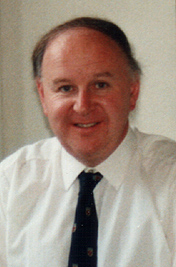
Michael J. McGlincheyBSc (1965), PhD (1968). Manchester, UK
Professor of Chemistry (Emeritus)
Fellow of the Chemical Institute of Canada (1985)
Alcan Award of the Canadian Society for Chemistry (2000)
Alcan Award of the Canadian Society for Chemistry (2000)
Michael McGlinchey was born in 1944 in Manchester, UK, and graduated in 1965 from the University of Manchester, Institute of Science & Technology (UMIST) with a BSc (Hons) in Chemistry. He did his graduate work at UMIST with Eric Banks on fluorinated azides and alkyl-nitrenes. He received his PhD in 1968, then went to the University of Bristol (UK) as a Junior Fellow and began to learn organometallic chemistry in Gordon Stone's laboratory. In 1970, he moved to Pennsylvania State University as a Research Associate working with Phil Skell, the renowned carbene chemist and, in 1972, was appointed Assistant Professor at McMaster University. He is currently a Professor in the Department of Chemistry. He has served as Chair of the Department, and as Chair of the Inorganic Division of the Canadian Society for Chemistry.
Over the past two decades, he has held numerous invited or visiting professorships at the Universities of Geneva and Lausanne in Switzerland, atRennes, Paris, Versailles and Toulouse in France, and at the University of Heilongjiang in the north-east of China. He also received an Honorary Professorship from Siping Normal University in Jilin Province, China.
He and his wife Barbara have been married since 1970 and have two sons, Andrew and Paul.
Effective September, 2002 Prof. McGlinchey moved to: Department of Chemistry, For contact information in Dublin, see http://chemistry.ucd.ie/mcglinchey/
Variable-temperature NMR spectroscopy is probably the most convenient and sensitive technique to monitor changes in molecular structure in solution. Rearrangements that are rapid on the NMR time-scale exhibit simplified spectra, whereby non-equivalent nuclear environments yield time-averaged resonances. At lower temperatures, when the rate of exchange is sufficiently reduced, these degeneracies are split and the underlying “static” molecular symmetry, as seen by X-ray crystallography, becomes apparent. Frequently, however, such rearrangement processes are hidden, even when they become slow on the NMR time-scale, because the molecular point group remains unchanged. Judicious symmetry breaking, such as by substitution of a molecular fragment by a similar, but not identical moiety, or by the incorporation of potentially diastereotopic (chemically non-equivalent) nuclei, allows the elucidation of the kinetics and energetics of such processes. Examples are chosen that include a wide range of rotations, migrations and other rearrangements in organic, inorganic and organometallic chemistry.

Multiple Cope rearrangements equilibrate all ten CH positions in bullvalene.
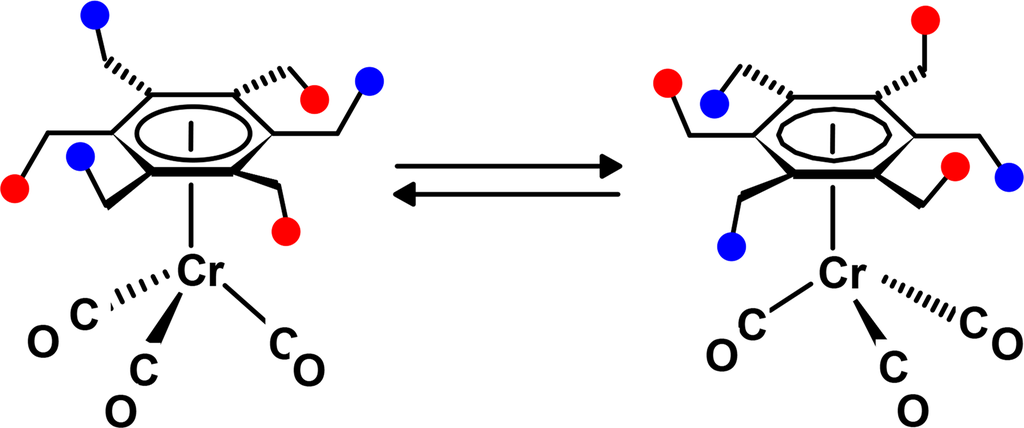
Interconversion of
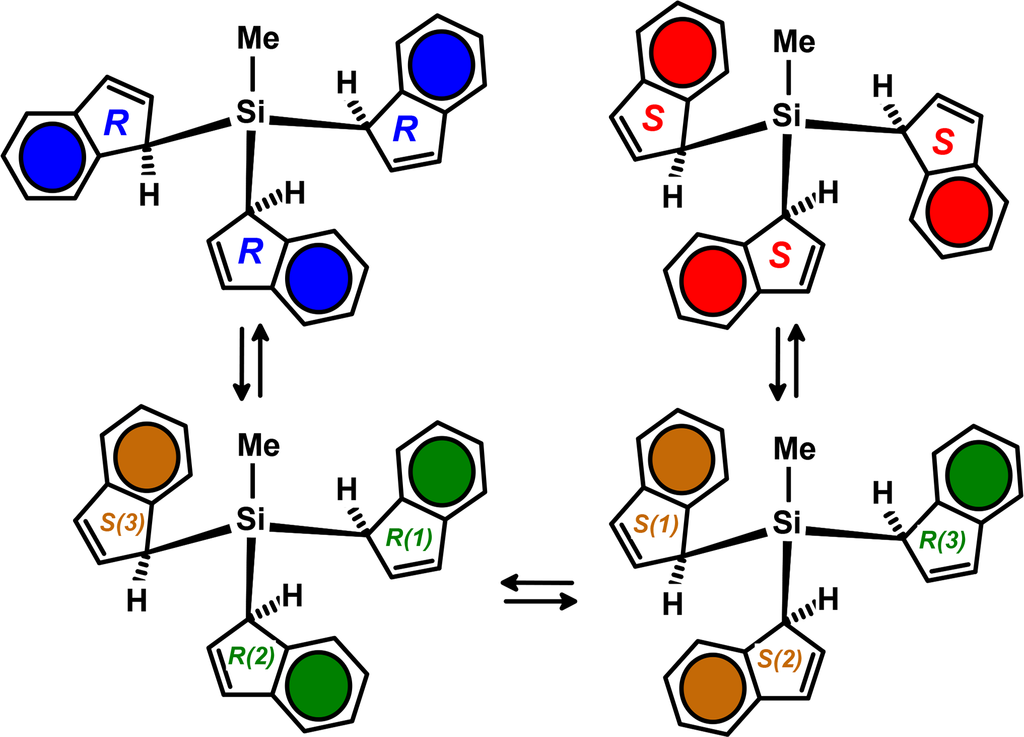
Interconversions of the eight different indenyl ring environments in the
Symmetry-breaking plays a crucial role in many aspects of nuclear magnetic resonance spectroscopy. For example, theoreticians calculating the simplest spin-spin coupling constant, 1JHH in dihydrogen, need an experimental measurement to validate their predictions [1]. Evidently, this is not obtainable from H2 itself since the two nuclei are equivalent and the observed gas phase spectrum is a singlet. However, isotopic substitution, as in HD, yields duplicate values of 1JHD as 43.3 Hz, not only from the 1:1:1 triplet in the proton spectrum, but also from the 1:1 doublet in the deuterium spectrum (the nuclear spin values, I, for 1H and 2D are ½ and 1, respectively). The unobservable 1JHH is now readily calculated since 1JHH/1JHD = γH/γD = 6.51, where γ is the magnetogyric ratio for the relevant nucleus; the experimental value for 1JHH is therefore 282 Hz.
Variable-temperature NMR spectroscopy is probably the most convenient and widely-used technique to study molecular rearrangement processes in solution. It frequently allows elucidation not only of the mechanism of rearrangement, but also the activation energies and entropies of the process or processes involved. It is commonly the case that molecular rearrangements occur very rapidly at room temperature, thus equilibrating nuclear environments that are in fact non-equivalent in the static system, as seen for example by X-ray crystallography. Lowering the temperature slows the exchange processes on the NMR time-scale, thus revealing the underlying “instantaneous” structure and breaking the time-averaged symmetry.
Typically, bullvalene, 1, a C10H10 isomer (see Scheme 1), exhibits a single resonance in both the 1H and 13C NMR regimes at room temperature, but at low temperatures each is split into a 3:3:3:1 peak ratio [2], in accord with the solid state structure revealed by X-ray crystallography [3]. In this case, a series of rapid Cope rearrangements—[3,3] sigmatropic shifts in Woodward-Hoffmann orbital symmetry terminology [4]—in which each carbon can occupy any position, become slow on the NMR time-scale and so reveal the underlying C3v molecular geometry. However, there is no need to introduce additional labels to break the three-fold symmetry since it is immediately exposed merely by lowering the temperature.
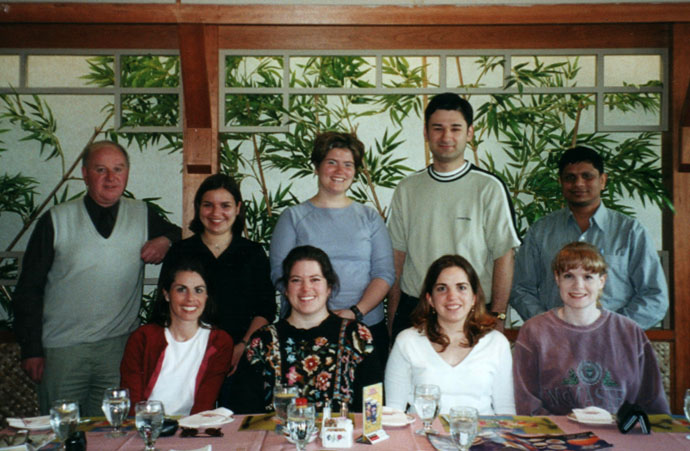
The photograph shows the group in May 2000 at a Chinese restaurant.
Standing: Mike McGlinchey, Nicole Deschamps, Andrea Szkurhan, John Kaldis, Hari Gupta.
Seated: Stacey Brydges, Pippa Lock, Nada Reginato, Laura Ennis.
Since the picture was taken, Frank Ogini has joined the group.
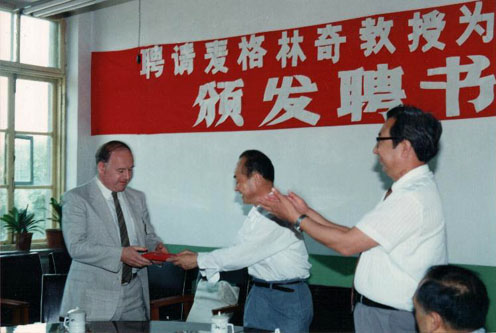
Receiving an Honorary Professorship at Siping Normal University, PR China

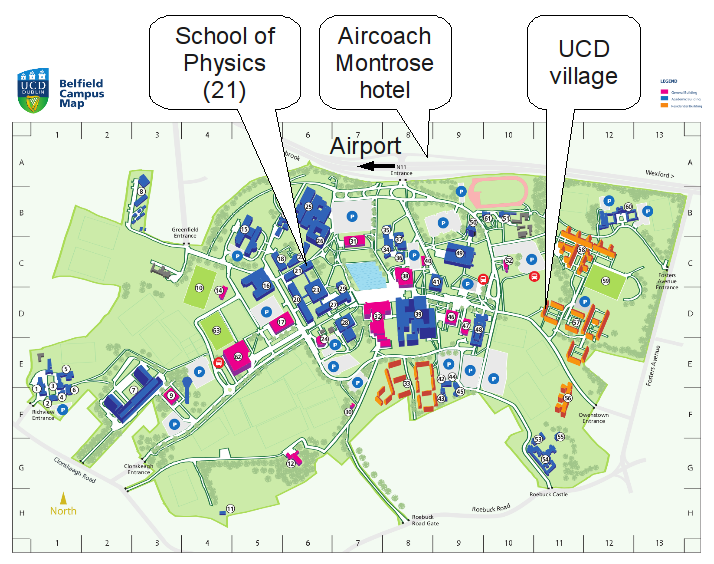


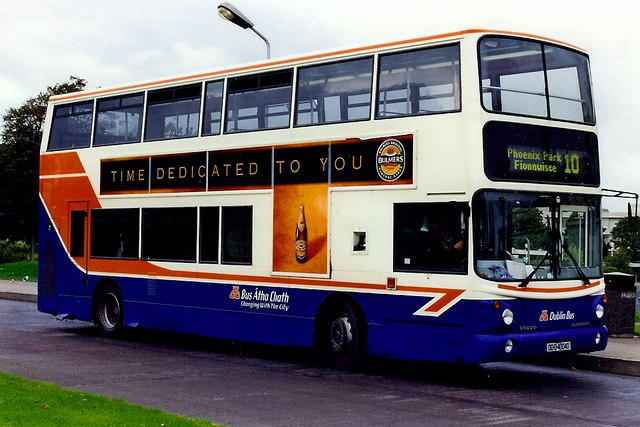
University College Dublin campus double-decker bus



dublin ireland



